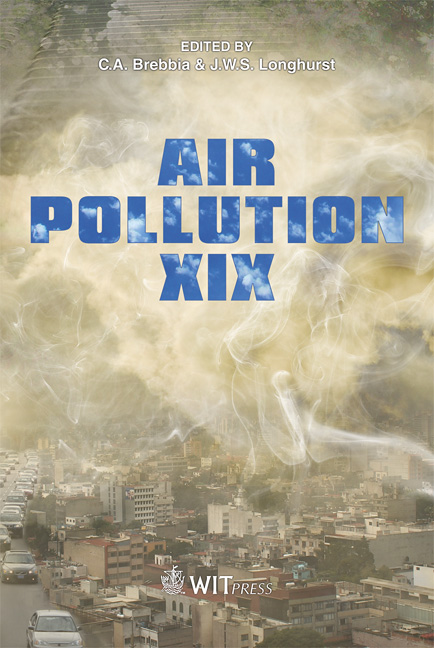Particulates In The Atmosphere Of Makkah And Mina Valley During The Ramadan And Hajj Seasons Of 2004 And 2005
Price
Free (open access)
Transaction
Volume
147
Pages
9
Page Range
319 - 327
Published
2011
Size
360 kb
Paper DOI
10.2495/AIR110301
Copyright
WIT Press
Author(s)
A. R. Seroji
Abstract
This work has been devoted to study TSP, PM10 and PM2.5 in the atmosphere of Makkah and the Mina valley during the Ramadan and Hajj periods, 1424 and 1425 H. On the occasion of Hajj, about 2.5 million persons gather in Makkah and move to Mina valley (4 km2), 7 km outside east of Makkah. Pilgrims spend 3 nights in the valley. Congested traffic and the high rates of emissions in such a valley of small area coupled with severe weather conditions, make the area ideal for the accumulation of air pollutants. The present investigation shows that the diurnal cycle of PM10 in air coincides with the pattern of traffic movements. Particulate matters (PM10) daily concentrations in the atmosphere of the Mina valley ranged between 191–262μg/m3 during the presence of the pilgrims in Mina compared to the European standard of 50μg/m3. These concentrations represent 34%–40% of TSP. These high PM10 concentrations are due to the massive transportation movements at Mina valley. Moreover, TSP concentrations reached 665μg/m3 in the Makkah atmosphere during the last ten days of Ramadan compared to the Saudi standard of 340μg/m3. Chemical analysis of PM10 indicated high levels of sulphates, ammonium, nitrates and chlorides. For example, the concentrations of nitrates and sulphates of PM10 were about 4.9% and 6.1% respectively, compared to 2.1% of nitrates and 2.7% of sulphates in TSP. Health dangers that might be encountered by pilgrims due to these pollutants were estimated. It is recommended to set a well planned air quality management program to protect the air of Makkah. Keywords: Makkah, Mina, particulates, PM10, PM2.5, pilgrims, transportation.
Keywords
Makkah, Mina, particulates, PM10, PM2.5, pilgrims, transportation





